A SPECIAL PROJECT BY ITMO.NEWS
2020 in Science: ITMO University Scientists on Highlights of the Year
It may seem like we’ll remember 2020 as the year of lockdowns, the pandemic, and ruined plans. But in science, research continued while discoveries were made and plans were plotted.
ITMO.NEWS spoke with five ITMO University researchers to learn about the year’s top breakthroughs and their expectations for 2021.
specialist in the fields of optics and nanotechnology, head of ITMO’s Laboratory of Hybrid Nanophotonics and Optoelectronics, laureate of the Presidential Prize in Science and Innovation for Young Scientists
head of ITMO’s International Laboratory of Biomechatronics and Energy-Efficient Robotics
head of ITMO’s Laboratory of Genomic Diversity, winner of Skoltech Systems Biology Fellowship 2017
Sergey Makarov
Sergey Kolyubin
Aleksey Sergushichev
head of the International Research Center "Biotechnologies of the Third Millennium"
director of the Infochemistry Scientific Center and ITMO Fellow, worked at the Max Planck Institute of Colloids and Interfaces and Harvard University
Denis Baranenko
Ekaterina Skorb
Physics
SERGEY MAKAROV ON KEY ACHIEVEMENTS IN PHYSICS
Worldwide
To me, perhaps the most impressive achievement in physics was the observation of room-temperature superconductivity in a relatively elementary substance based on hydrogen sulfide. This research has been recently published in Nature.
Although this superconducting state so far has only been observed at pressures greater than 1 million atmospheres in a diamond anvil cell, physicists have nevertheless reached another important milestone that will one day be found in physics textbooks.
Now, scientists need to find a way to lower the pressure, and if successful, their findings will be widely applied not only to transmit energy over power lines with minimal losses, but also to produce circulating current batteries and high-speed maglev trains.
To me, perhaps the most impressive achievement in physics was the observation of room-temperature superconductivity in a relatively elementary substance based on hydrogen sulfide. This research has been recently published in Nature.
Although this superconducting state so far has only been observed at pressures greater than 1 million atmospheres in a diamond anvil cell, physicists have nevertheless reached another important milestone that will one day be found in physics textbooks.
Now, scientists need to find a way to lower the pressure, and if successful, their findings will be widely applied not only to transmit energy over power lines with minimal losses, but also to produce circulating current batteries and high-speed maglev trains.
As an experimental physicist, I can speak only about experimental studies that were carried out entirely at ITMO University. Although, of course, today’s scientific practices make it rather challenging to conduct the entire research process at one university.
Here, I can point out the development of the world’s most compact semiconductor laser, which works in the visible range at room temperature. Its size is only 310 nm, which is almost half the wavelength of the light it emits!
This also shows that our university has access to technologies that cannot be found anywhere else, and this research will continue thanks to the support of the Russian Ministry of Science and Higher Education, which has allocated a megagrant for its further study.
At ITMO
The video above shows a device for laser scrubbing and the process of etching conductive paths onto semi-transparent transport layers for use in modern thin-film solar cells and light diodes
Plans for 2021
In recent years, physicists at ITMO have formed a community of young experimental and theoretical researchers. Their work was primarily related to the studies of photonics and optical and nanomaterials. I feel it’s safe to say that we’ve already established a team that cooperates not only with other groups and labs, but also entire schools at ITMO. I’ve never seen anything like that in Russia before. It’s a unique phenomenon.
In recent years, physicists at ITMO have formed a community of young experimental and theoretical researchers. Their work was primarily related to the studies of photonics and optical and nanomaterials. I feel it’s safe to say that we’ve already established a team that cooperates not only with other groups and labs, but also entire schools at ITMO. I’ve never seen anything like that in Russia before. It’s a unique phenomenon.
Next year, ITMO’s physics researchers will continue moving towards interdisciplinary research that is both accessible and beneficial to the general public.
We expect breakthroughs in the fields of quantum optics, optical chips, magnetic resonance imaging, wireless power transmission, as well as in solar energy. Our physicists already have an excellent reputation and great potential in these fields.
We expect breakthroughs in the fields of quantum optics, optical chips, magnetic resonance imaging, wireless power transmission, as well as in solar energy. Our physicists already have an excellent reputation and great potential in these fields.
Robotics

SERGEY KOLYUBIN ON KEY ACHIEVEMENTS IN ROBOTICS
Credit: https://youtu.be/x4O8pojMF0w
Worldwide
First of all, there’s something that actually happened at the end of 2019, but I learned about it in 2020. The OpenAI community, which aims to create artificial general intelligence (AGI), succeeded in teaching a robotic hand to solve a Rubik’s cube – and, importantly, do it in conditions that are challenging even for humans.
Despite its seeming triviality, this achievement is remarkable for several features. On the one hand, it’s an attempt to come close to the human hand’s unique qualities in what comes to sensory-motor coordination and dexterity when dealing with physical objects. That is one of the most studied subjects in modern robotics. On the other hand, the project demonstrates the synergy between AI and robotics that exists when complex planning and movement tasks are solved by AI methods. This means that AI is making a step forward in overcoming the famous Moravec’s paradox. According to the experts, without a physical body, AI is limited in its development opportunities.
First of all, there’s something that actually happened at the end of 2019, but I learned about it in 2020. The OpenAI community, which aims to create artificial general intelligence (AGI), succeeded in teaching a robotic hand to solve a Rubik’s cube – and, importantly, do it in conditions that are challenging even for humans.
Despite its seeming triviality, this achievement is remarkable for several features. On the one hand, it’s an attempt to come close to the human hand’s unique qualities in what comes to sensory-motor coordination and dexterity when dealing with physical objects. That is one of the most studied subjects in modern robotics. On the other hand, the project demonstrates the synergy between AI and robotics that exists when complex planning and movement tasks are solved by AI methods. This means that AI is making a step forward in overcoming the famous Moravec’s paradox. According to the experts, without a physical body, AI is limited in its development opportunities.
It’s also worth noting that the arxiv.org article about this research cites not just one person as its first author, but the OpenAI community as a whole. Truly, when the solution is the effort of several AI algorithms created and trained with the help of the community’s numerous members, trying to quantify individual contributions would be almost like trying to say who you love most – your mom or your dad.
The second achievement is not directly connected to science, but is important because the development of modern science is impossible to imagine without free circulation of knowledge. That was how the robotics community reacted to the pandemic – it was a positive shift brought on by a negative one.
Previously, participation in such major robotics conferences as ICRA or IROS meant that apart from passing through a serious selection process, you’d also have to pay a substantial participant fee. In 2020, both of these events were held in the video-on-demand (VOD) format and almost for free (the student fee for ICRA was $25, while IROS was free for everyone). Yes, no one got to see Paris or Las Vegas in person, but all of us could listen to talks, take part in workshops, or watch contests at their own leisure and pace.
Previously, participation in such major robotics conferences as ICRA or IROS meant that apart from passing through a serious selection process, you’d also have to pay a substantial participant fee. In 2020, both of these events were held in the video-on-demand (VOD) format and almost for free (the student fee for ICRA was $25, while IROS was free for everyone). Yes, no one got to see Paris or Las Vegas in person, but all of us could listen to talks, take part in workshops, or watch contests at their own leisure and pace.
Finally, let’s jump to relevant research. A wonderful example of applying robotics in the traditional 3D (dull-dirty-dangerous) approach was a mobile robotic chemist that allowed researchers to discover compounds for photocatalysis through real experiments and not just simulations. But even without those valuable results, this is a development that is important for robotics as it is.
Today’s robots are soft and sensitive (yes, not tough and cold). Only such robots can work in unstructured environments and in close contact with humans.
Today’s robots are soft and sensitive (yes, not tough and cold). Only such robots can work in unstructured environments and in close contact with humans.
Researchers from Harvard University, EPFL, Smith College, and Wyss Institute for Biologically Inspired Engineering have created a flexible yet precise and resilient sensor made from several layers of carbon fiber. The sensor can be embedded into soft robotic mechanisms, including elements of intelligent exosuits or smart fabrics for industrial and medical purposes.
Only 150 microns thick, the invention boasts high sensitivity and linear output capabilities and is resilient to high mechanical pressure, temperature, or humidity. This is an example of small components opening up major prospects.
Only 150 microns thick, the invention boasts high sensitivity and linear output capabilities and is resilient to high mechanical pressure, temperature, or humidity. This is an example of small components opening up major prospects.
One of the important steps for me was the start of a close collaboration with the Sberbank Robotics Laboratory. First of all, because for us it’s a new wave of research at the intersection of robotics and AI.
In spring and summer we held two rounds of selection for Master’s students and launched a number of research projects on topics important for teams all around the world. Among our projects are developing semantic methods in machine learning, combating catastrophic forgetting in convolutional neural networks, optimizing trajectory planners, understanding context in voice human-computer interfaces, and generative design of smart mechanisms for anthropomorphic robots.
In spring and summer we held two rounds of selection for Master’s students and launched a number of research projects on topics important for teams all around the world. Among our projects are developing semantic methods in machine learning, combating catastrophic forgetting in convolutional neural networks, optimizing trajectory planners, understanding context in voice human-computer interfaces, and generative design of smart mechanisms for anthropomorphic robots.
At ITMO
A pancake-making robot developed by staff of the Adaptive and Nonlinear Control Systems Lab as part of an interdisciplinary project
We need to hold the Robotics track of the I am a Professional contest at the highest level, as well as host international interdisciplinary schools within the WeCoRD consortium (this time, we want to try new tools for online contests and training). We also want to bring the Robotics and Artificial Intelligence Master’s program to a whole new level and improve our lab’s contribution to securing ITMO’s performance at the top of the ARWU subject ranking in Automation and Control.
Plans for 2021
Bioinformatics
ALEKSEY SERGUSHICHEV ON KEY ACHIEVEMENTS IN BIOINFORMATICS
CHM13 HiFi string graph (Credit: genomeinformatics.github.io)
Worldwide
Usually, it’s hard to pick the main event of the year in bioinformatics. The key advances usually have to do with experimental methods, while the impact of bioinformatics’ methods can only be estimated over time, once they are applied everywhere.
This year, however, there was one such major event – the release of the (nearly) complete sequence of the human genome. Many people think that we’ve known all about the human genome for a long time – the International Human Genome Project ended ages ago, and the genome itself was published in 2001 – almost 20 years ago.
But those initial versions lacked up to 10% of its sequences – and even now the version of the genome used for bioinformatics and biomedical applications has up to 5% of “unknown” sequences.
Usually, it’s hard to pick the main event of the year in bioinformatics. The key advances usually have to do with experimental methods, while the impact of bioinformatics’ methods can only be estimated over time, once they are applied everywhere.
This year, however, there was one such major event – the release of the (nearly) complete sequence of the human genome. Many people think that we’ve known all about the human genome for a long time – the International Human Genome Project ended ages ago, and the genome itself was published in 2001 – almost 20 years ago.
But those initial versions lacked up to 10% of its sequences – and even now the version of the genome used for bioinformatics and biomedical applications has up to 5% of “unknown” sequences.
Finally, in late 2020 the T2T (telomere-to-telomere) consortium published the complete sequence, which they entitled v1.0. This version has finally plugged all the previous “holes” – with a couple of exceptions.
The breakthrough itself was facilitated by advances in sequencing technologies and analysis algorithms. It is especially pleasant to note that one of the authors of that research is Sergey Nurk, our friend and colleague and an employee at the National Institute of Health, USA.
Naturally, this result will have its effect on bioinformatics and biomedicine – two disciplines that have to do with studying the human body. It also paves the way to better-quality research of other organisms – many similar projects aiming to sequence the genomes of other organisms are forming at the moment.
At ITMO It’s hard to name one single success. One of the big events was the launch of the Laboratory of Genomic Diversity under the supervision of Stephen J. O’Brien. The aim of the lab is to study genomes with a specific focus on endangered species. There is also the successful first batch of graduates from ITMO’s Master’s program Bioinformatics and Systems Biology. Thirdly, there was the win in the MEDIC contest, in which contestants had to predict the type of digestive inflammatory disease based on microbiota analysis. In terms of research, we have published several significant papers that beautifully bring together the competencies of our staff: about an algorithm that allows us to build more precise histories of human and animal populations and about a method of evaluating certain genes’ involvement in biological processes. |
Plans for 2021
One of our tasks for 2021 is to optimize internal communication. We have many employees hard at work on different tasks. It would be great to achieve a synergistic effect. And I am talking not only about communicating within the lab, but at ITMO as a whole.
Biotechnologies
DENIS BARANENKO ON KEY ACHIEVEMENTS IN BIOTECHNOLOGIES

In the world
I would, naturally, cite the achievements in producing coronavirus vaccines (SARS-CoV-2). In record times and during the pandemic, researchers have developed and tested vector-based vaccines as well as the first-ever mRNA vaccines. All that was made possible by breakthroughs in biotechnologies.
I would, naturally, cite the achievements in producing coronavirus vaccines (SARS-CoV-2). In record times and during the pandemic, researchers have developed and tested vector-based vaccines as well as the first-ever mRNA vaccines. All that was made possible by breakthroughs in biotechnologies.

It’s also worth noting that this year’s Nobel Prize in Chemistry was awarded to the creators of the genome editing technology CRISPR/Cas9. This year, the method was made even more precise and used for various purposes, including as part of COVID-19 express tests.
Our PhD students have suggested two more of the year’s highlights: a biocomposite coating for perishable fruit and food waste-based construction insulation.
The coating – made with egg protein, yolk powder, glycerine, curcumine, and cellulose nanocrystals – is harmless to humans and superior to coatings of wax or chitosan, making it possible to further reduce the amount of food waste; today, 30% of all produce goes into waste.
The coating – made with egg protein, yolk powder, glycerine, curcumine, and cellulose nanocrystals – is harmless to humans and superior to coatings of wax or chitosan, making it possible to further reduce the amount of food waste; today, 30% of all produce goes into waste.
The insulation, made with residual food raw material, also seeks to find an application for that raw material which can no longer be used by the food industry. The product itself is more eco-friendly compared to its synthetic analogues. The challenges of resource-saving and sustainable development are among this century’s top priorities.
At ITMO It’s difficult to point out a single major discovery or invention – most of them are important and show a lot of promise. Our young scientists are, too, developing high-tech express testing systems: this year, they’ve designed an original immunoenzymometric test system based on gliadin, which can be used to assess the quality of gluten-free products. Our PhD students have suggested highlighting another project led by our Faculty’s researchers: a feed additive designed to reduce the growth of key infectious disease pathogens among honey bees. The additive includes immunomodulatory agents based on natural β-glucosanes and chitosan – components that improve immunocompetence. This approach has not only an obvious practical value to agriculture, but also a lot of potential in terms of developing versions for other types of organisms. |
Plans for 2021
We’re planning to set up and host a great international conference. We’re already working on it, talking to top-tier international researchers, and corresponding with a great number of potential participants from around the world. The Food BioTech conference will take place in August 2021 and will be a new, landmark platform for the exchange of experience and knowledge in biotechnologies and food technologies.
Our research plans include many novel ideas and projects that are close to being implemented: safe bio-preservatives, new natural flavor and aroma additives, resource-efficient systems for shelf life extension based on combined physical principles, and the development of interdisciplinary solutions with ITMO researchers – such as with the use of artificial intelligence or cutting-edge photonics technology.
We’re planning to set up and host a great international conference. We’re already working on it, talking to top-tier international researchers, and corresponding with a great number of potential participants from around the world. The Food BioTech conference will take place in August 2021 and will be a new, landmark platform for the exchange of experience and knowledge in biotechnologies and food technologies.
Our research plans include many novel ideas and projects that are close to being implemented: safe bio-preservatives, new natural flavor and aroma additives, resource-efficient systems for shelf life extension based on combined physical principles, and the development of interdisciplinary solutions with ITMO researchers – such as with the use of artificial intelligence or cutting-edge photonics technology.
Infochemistry
EKATERINA SKORB ON KEY ACHIEVEMENTS IN CHEMISTRY
Worldwide
The year 2020 has faced the entire scientific community with the challenge of fighting the pandemic. One of the important advantages of scientific laboratories is that we understand the basics of technologies. For example, of selective recognition of molecules and ions, or the principles of creating antimicrobial materials. Science was ready to accept the challenge: we came up with new materials, vaccines (the first one coming from Russia, by the way), test kits, and found effective treatments.
I’d like to highlight our Singaporean colleagues’ research on smart materials. Not only did they produce antimicrobial properties in the materials, but they also realized how to regulate ion currents selectively via polyelectrolyte and graphene membranes. Their article was published in Nature Nanotechnology.
Undoubtedly, the principles behind the production of such materials are highly applicable. I think the creation of such programmable systems will earn lots of Nobel Prizes.
The year 2020 has faced the entire scientific community with the challenge of fighting the pandemic. One of the important advantages of scientific laboratories is that we understand the basics of technologies. For example, of selective recognition of molecules and ions, or the principles of creating antimicrobial materials. Science was ready to accept the challenge: we came up with new materials, vaccines (the first one coming from Russia, by the way), test kits, and found effective treatments.
I’d like to highlight our Singaporean colleagues’ research on smart materials. Not only did they produce antimicrobial properties in the materials, but they also realized how to regulate ion currents selectively via polyelectrolyte and graphene membranes. Their article was published in Nature Nanotechnology.
Undoubtedly, the principles behind the production of such materials are highly applicable. I think the creation of such programmable systems will earn lots of Nobel Prizes.
Membranes are widespread in nature and fulfill primary functions including adaptive filtration and selective transmission of chemical substances or molecules. They are crucial for cell functions and are also of great importance in various fields of science and technology.
Especially important are adaptive and programmable membranes that can change their permeability and selectivity depending on their surrounding conditions.
Especially important are adaptive and programmable membranes that can change their permeability and selectivity depending on their surrounding conditions.
The permeability of membranes can be configured by changing the pH or adding specific ions. Systems that can respond to interactions with biological objects are very promising.
The mechanics behind the regulation of smart membranes lies in the interaction between the inner components of membranes and ions. The article describes how to produce membranes with programmed permeability and selectivity.
The mechanics behind the regulation of smart membranes lies in the interaction between the inner components of membranes and ions. The article describes how to produce membranes with programmed permeability and selectivity.
At ITMO Early in the year, we switched from studying logic gates based on light-controlled ion fluxes on nanostructured titanium dioxide and chemical perceptrons in infochemistry to applying our knowledge in the fields of electrochemistry and analytics, which are essential to the diagnostics of viruses and antibodies. Scientists have proposed a method for selective recognition of antibodies, antigens and their complexes when analyzing the shape of the curves, their area, and the position of the peaks on the curves that show dependence of the current on the potential. This method is a promising one for the analysis of a wide range of viruses, including the causative agent of COVID-19, and corresponding antibodies with electrochemical detection. An electrochemical sensing platform (ESP) has been proposed for the detection of viral pathogens in humans and animals. It can also be used in bioelementology. The ESP includes a portable hardware and software complex for express diagnostics, as well as nanostructured electrodes and test kits. We’ve also developed data processing software that uses machine learning and big data analysis methods. The developed detection systems make it possible for hospital staff to conduct analysis without requiring any special training. Moreover, the ESP can be potentially used for express analysis at home. |
Plans for 2021
In 2021, we will continue to tackle global challenges in fundamental research on self-organization of supramolecular and polyelectrolyte structures for the concentration of analytes, the creation of chemical perceptrons, as well as the creation of multielectrode diagnostic systems.
We will continue developing interdisciplinary projects at the intersection of computer modeling and complex systems analysis in chemistry and biology, biotechnologies, adaptive materials and diagnostic systems, as well as modeling and analysis of personalized tracking in medicine and nutrition.
We will continue developing interdisciplinary projects at the intersection of computer modeling and complex systems analysis in chemistry and biology, biotechnologies, adaptive materials and diagnostic systems, as well as modeling and analysis of personalized tracking in medicine and nutrition.
Creators:
Text by: Konstantin Krylov
Photo and video: Margarita Erukova
Layout: Ekaterina Shevyreva
Editor: Elena Menshikova
Translation by: Marina Belyaeva, Catherine Zavodova, Vadim Galimov, Kseniia Tereshchenko
Text by: Konstantin Krylov
Photo and video: Margarita Erukova
Layout: Ekaterina Shevyreva
Editor: Elena Menshikova
Translation by: Marina Belyaeva, Catherine Zavodova, Vadim Galimov, Kseniia Tereshchenko

